Lacking Mental Health Support, First Responders Turn to Peers
When Randy Jones got his start as an emergency medical technician in the 1970s, he wore a smock and a clip-on tie that reduced the chances a patient would grab hold and strangle him. With few job prospects in the tiny Kansas town where he grew up, the rush of running to emergencies in an ambulance felt like God’s work. Jones remembers wearing blood on his shirt like a badge of pride.
Then, in the early hours of New Year’s Day 1979, he plowed through a snowstorm to a call he can’t forget. Jones says he heard screaming a block away. A young couple had returned home after a night out and found their child unresponsive. A fireman passed the baby to Jones. He did mouth to mouth. The parents’ wailing continued, but there would be no resuscitation, no reviving, no heroic lifesaving. That night, he replayed the call, trying to figure out where he might have gone wrong. Later, after seeing other infants die with seemingly no explanation, Jones began having nightmares about running code blues on his own children.
So much of Jones’ life was inextricably wrapped up in his career, but he no longer trusted he could do what he’d felt called to do. For a time, he says he contemplated suicide. Death seemed preferable to calling for help, he says, and having his colleagues know he had broken. “There’s so much shame involved in it — to admit you can’t take it,” he says, adding that “co-workers lose faith in your ability to handle emergencies, and their lives depend on you.”
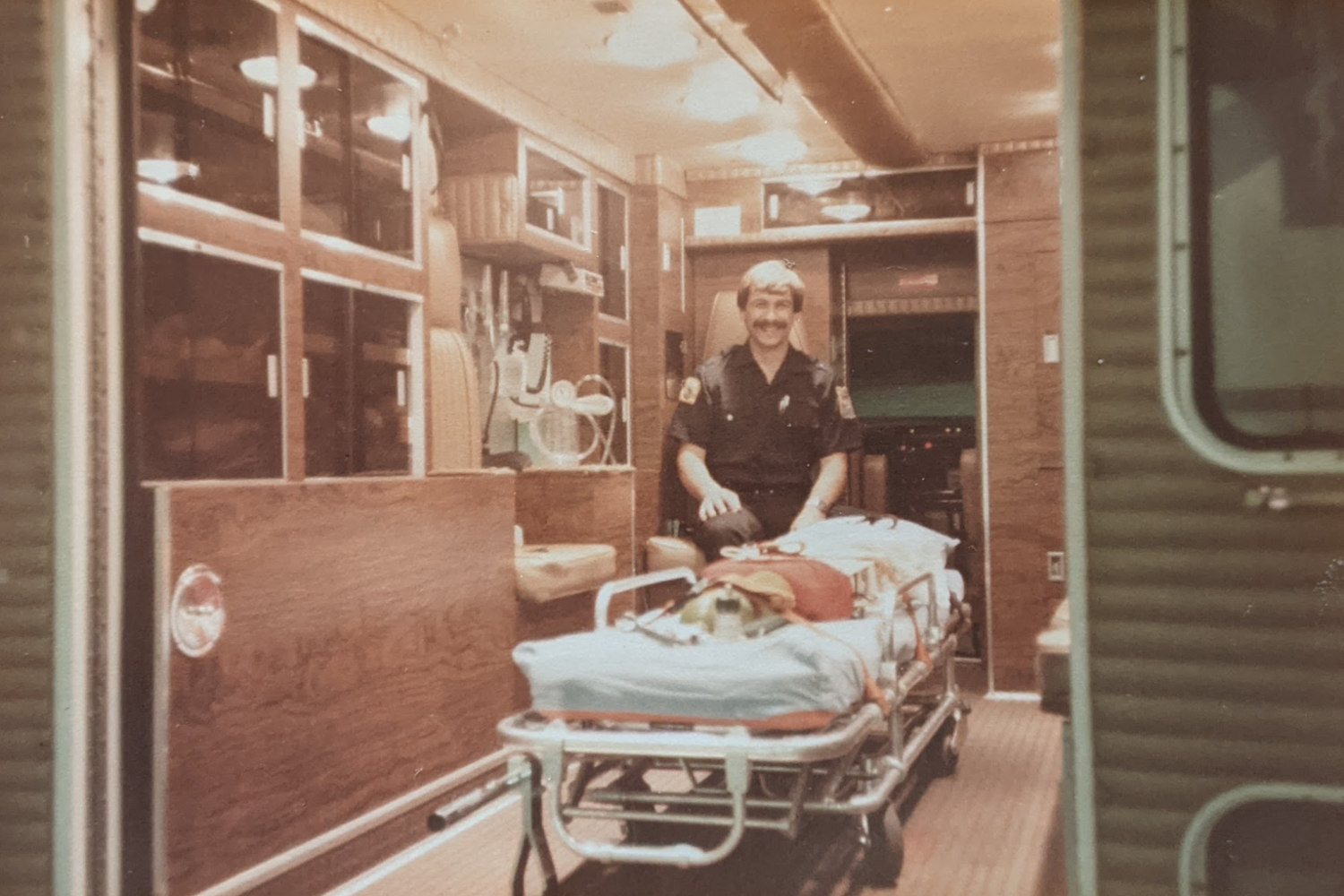
Today, there is also the threat of losing one’s livelihood. Many physicians fear that state boards could suspend their license or revoke its renewal if they seek mental health care. The threat of formal sanctions can reinforce a workplace culture that stigmatizes mental health. Seeking treatment may be seen as a career-ending decision — that a person is unfit for duty, both in the eyes of their colleagues and their profession.
By March of 2020, Jones had switched careers. At the time, he worked as a chaplain at a hospital in Greeley, Colorado. When the first reports of what would become the Covid-19 pandemic began filtering in, he was reminded of the old emotions he felt as an EMT. The virus seemed poised to exacerbate an invisible epidemic — the emotional repercussions of witnessing trauma, as well as the moral distress of being unable to do what’s best for every patient. Worse: Some physicians seemed to think they could handle anything. “That’s where doctors crack,” Jones says. “You look at the world in black and white and, you know, how much of human tragedy can you take?”
In the months that followed, Jones says he and ICU staff would wear the same masks, 12-plus hours a day. He consoled colleagues with sweat-slicked hair. Jones watched nurses cry. Patients died without having their loved ones at their bedside. One day, he says, a man with Covid-19 requested to see him. He borrowed a pair of goggles and ventured into the patient’s room — a forbidden zone. The man was about to be intubated, Jones says, and didn’t know whether he would wake up again. He wanted to make a confession. Jones is not a Catholic priest, but he agreed to hear what seemed like they might be the patient’s last words. He would later be reprimanded, he says, and had to promise never to do it again. But he wished he could put his palm into patients’ hands as they passed over. And Jones could sense that he wasn’t alone in feeling like he was unable to do his job.
Then, in March 2021, Jones quit. He joined First Responder Trauma Counselors, an organization in Colorado launched by Ed and Joanne Rupert, a husband-and-wife team. The Ruperts see themselves as providing a 911 for 911 workers’ wellbeing. FRTC offers counseling and mental health services for workers in the emergency response system: dispatchers, police officers, EMTs and paramedics, and nurses. In addition to offering 24-hour support, the Ruperts have a decked-out black Sprinter van that serves as a mobile response unit.
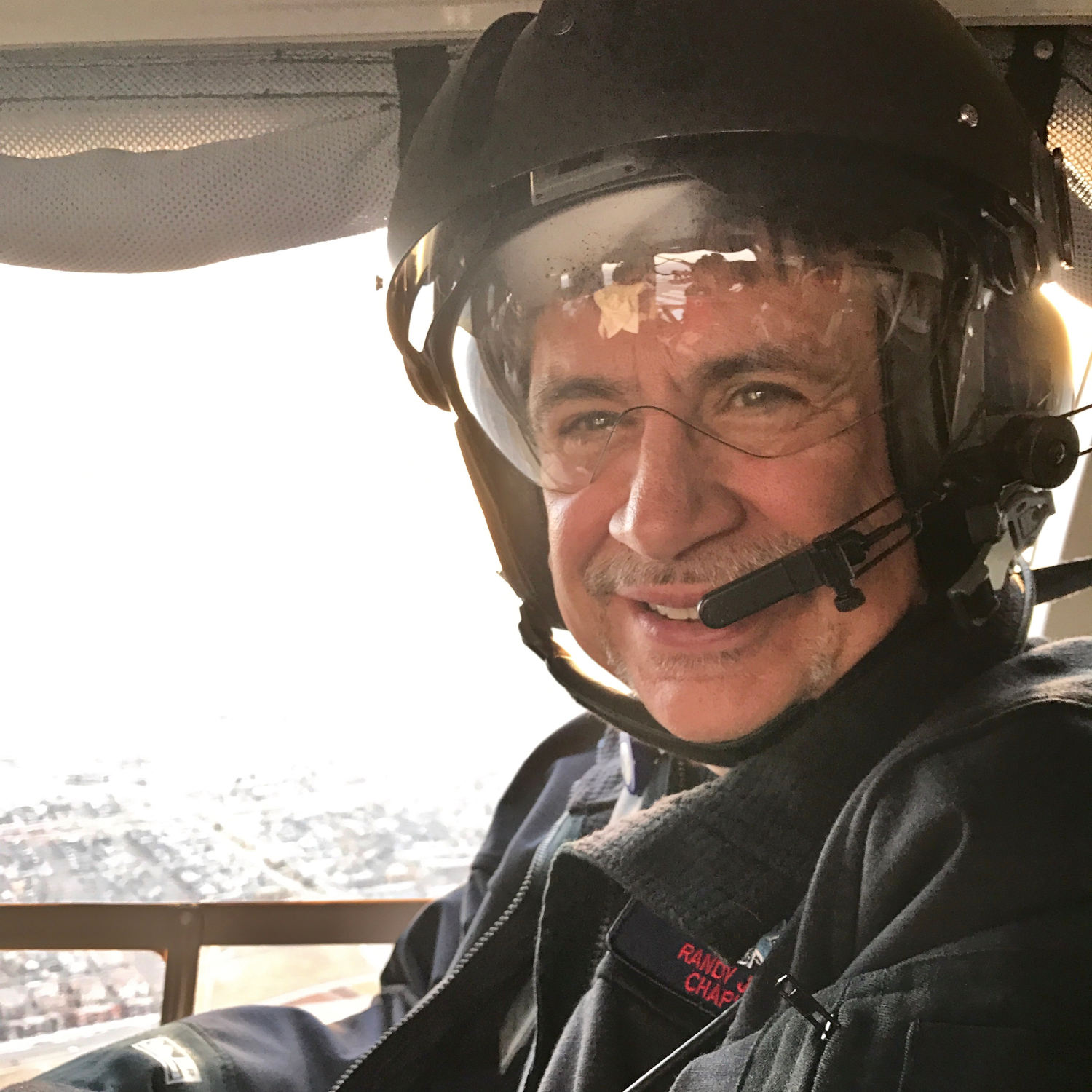
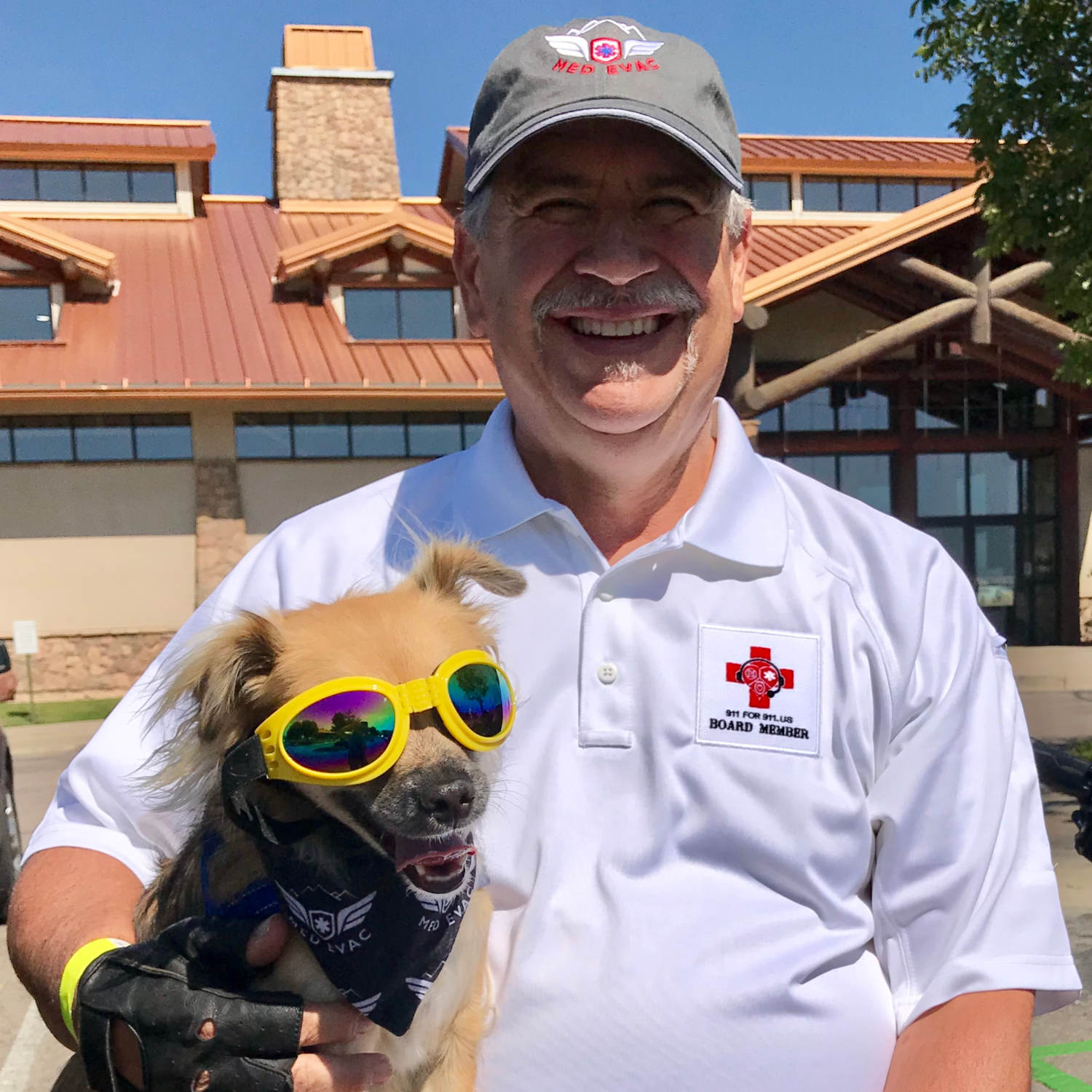
The Colorado group aims to address a crisis that predated the pandemic: In failing to care for caretakers, some say, the emergency response system in the U.S. has, in effect, created an exploited workforce, where those on the front lines confront daily the gap between demand on the ground and what they can feasibly provide. FRTC’s approach also reflects a growing interest in what is broadly known as peer support — help from people who share a similar lived experience. (All of FRTC’s clinical staff members, for instance, have professional experience working as first responders or in the military.) Keely Phillips, who manages peer support programs at a branch of the Canadian Mental Health Association, writes in a book chapter that peers are uniquely positioned, using their experience “like a lantern on a dark path. The lantern is loaded with strategies, new perspectives, and hope for the person who is struggling.”
The concept has resonated with administrators and staff alike. But sources say that, in part because it is predicated on patients’ trust, and in part because of its ambiguous definition, peer support lags in one key respect: Research on its effectiveness is limited. Proponents also caution that these programs cannot necessarily replace reform that addresses systemic problems plaguing the workforce.
Peer supporters are nonetheless forging ahead. In recent years, the U.S. Health Resources and Services Administration has invested millions in peer support programs. Leading medical organizations and practicing physicians have called for implementation in health care settings, where a staggering number of workers have quit since the pandemic began. All in all, experts are suggesting: Who better to care for caretakers than one of their own?
In the early 1970s, psychiatric clinicians borrowed hippie-era drug slang to describe the physical and mental burnout associated with “helping” professions, such as social work and teaching. The term eventually evolved, becoming a vague catchall for exhaustion. Another related, but more narrowly defined, concept emerged in the 1990s: Providers who found themselves running low on empathy were experiencing a symptom of “compassion fatigue.” By 2013, with the release of the fifth edition of the Diagnostic and Statistical Manual of Mental Disorders, the American Psychiatric Association recognized that “experiencing repeated or extreme exposure to aversive details” of a traumatic event could qualify someone for a post-traumatic stress disorder diagnosis, provided they experienced other distressing symptoms as well — as can be the case with first responders, where vicarious trauma is a routine part of the work.
One concept that has gained considerable ground in recent years is called moral injury. In the 1990s, Jonathan Shay, a clinical psychiatrist, described moral injury in the context of war: Post-traumatic stress not only stemmed from what someone had done on the battlefield, but also what they had failed to do. Wendy Dean, a psychiatrist, applied the concept to health care in a 2018 essay she co-authored in STAT. First responders witness trauma, and these events can have a stacking effect. But Dean’s critique had a more systematic bent: The U.S. health care system forces workers to carry out orders that transgress deeply held moral beliefs. “What health care workers have said on a regular basis,” she told Undark, “is that, even before the pandemic: ‘I can’t get what I need to do my job. And I can’t get patients what they need.’”
The Covid-19 pandemic intensified these issues. The virus has, so far, killed nearly 1 million Americans. For some health care workers, the politicized resistance to public health interventions, along with other on-the-job pressures, also seemed to be killing their sense of purpose. By some estimates, nearly one out of five health care workers quit their jobs.
While there is no clear way to measure mental, emotional, or moral injuries, data nonetheless suggests that leaving these issues unaddressed can have serious and widespread consequences. One 2015 survey of more than 4,000 EMS providers found that 37 percent had contemplated suicide. Suicides appear to be significantly higher than the general population for law enforcement officers, nurses, and physicians. Last month, the U.S. Senate passed the Dr. Lorna Breen Health Care Provider Protection Act, which is named for a New York City physician who died by suicide during the Covid-19 pandemic. The legislation, which went to President Biden’s desk on March 11, would establish grants for more programing to promote mental health. But the law would do little to reform professional licensing boards, which can effectively end a career. (Breen’s family has said these fears were among the reasons she felt she could not get help.)
Without top-down reform to respond to the ongoing psychological crises, several initiatives sprang up in recent years, particularly as Covid-19 swamped health care facilities. Many turned to the same form of expertise: Peers, the people who lived through it.
At age 26, Joanne Rupert, who grew up in England and South Africa, responded to a newspaper ad for a volunteer firefighter. Rupert worked for Head, a sports equipment company, in Boulder, and took flying lessons on the side. Improbably, the first 911 call she ever went on with the fire department was to the scene of a plane crash. Joanne instantly recognized the plane: It was her instructor’s. Drawing closer, she could see that he had a terrible head injury. But she had no medical training, and just had to stand there and watch. “At that point,” she says, “I said, ‘Wow, I never want to feel this way.’ That I can’t help, and I really wanted to help.”
Joanne went on to become an EMT and eventually took a job as a victim advocate for a local sheriff’s office, assisting those affected by crime or abuse. While working there, she learned about an accident involving a rock crusher at a quarry, and went to check in on the firefighters who had taken the call. They showed her graphic photos of the scene, Joanne says, “as if it was another day of the week.” But not long after, she got a call at four in the morning from one of the firefighters. He was not OK, she says, and he asked her: “Can you come out?” It felt a bit like encountering the plane crash all over again. Joanne wasn’t a licensed counselor at the time, and her job with the sheriff’s office didn’t involve assisting first responders. She couldn’t help him — no matter how much she wanted to. “I can’t just self deploy and be a vigilante and take care of everyone,” she says. The incident was a catalyst for going back to school for clinical psychology and eventually starting the organization that is now First Responder Trauma Counselors.
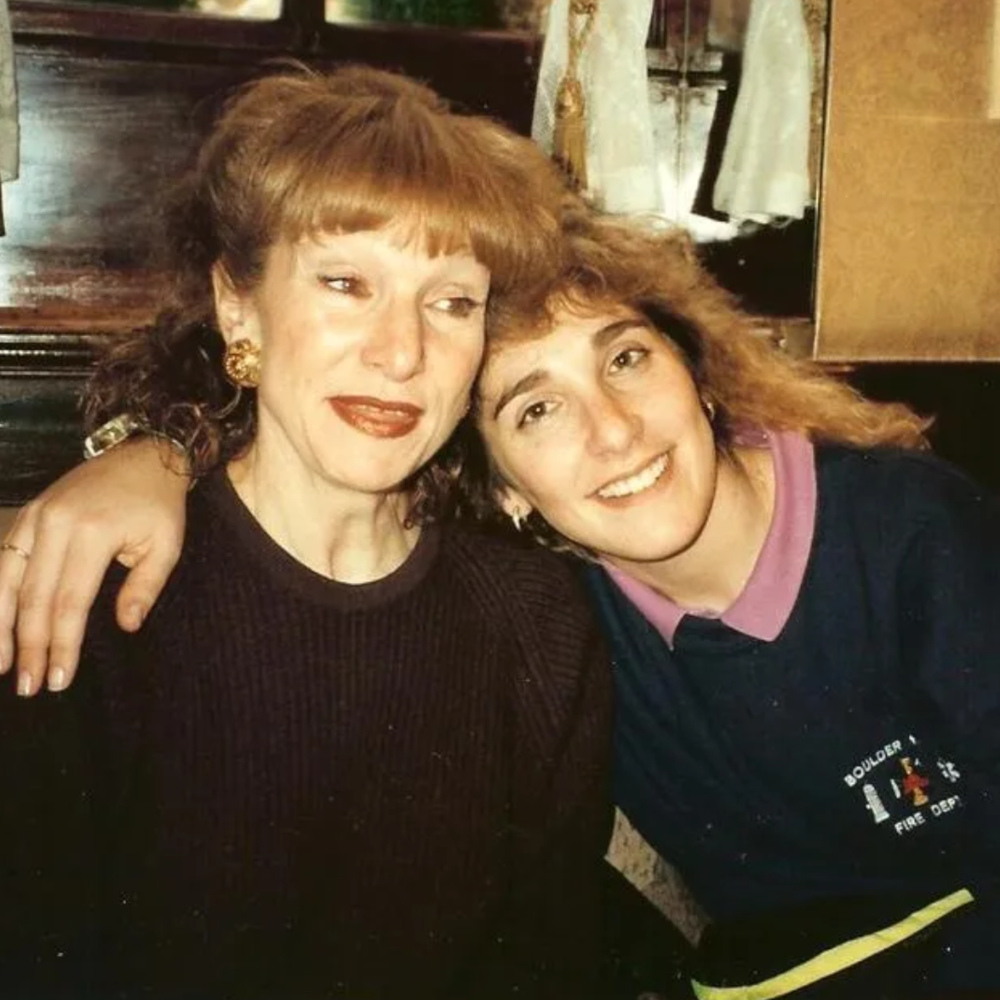
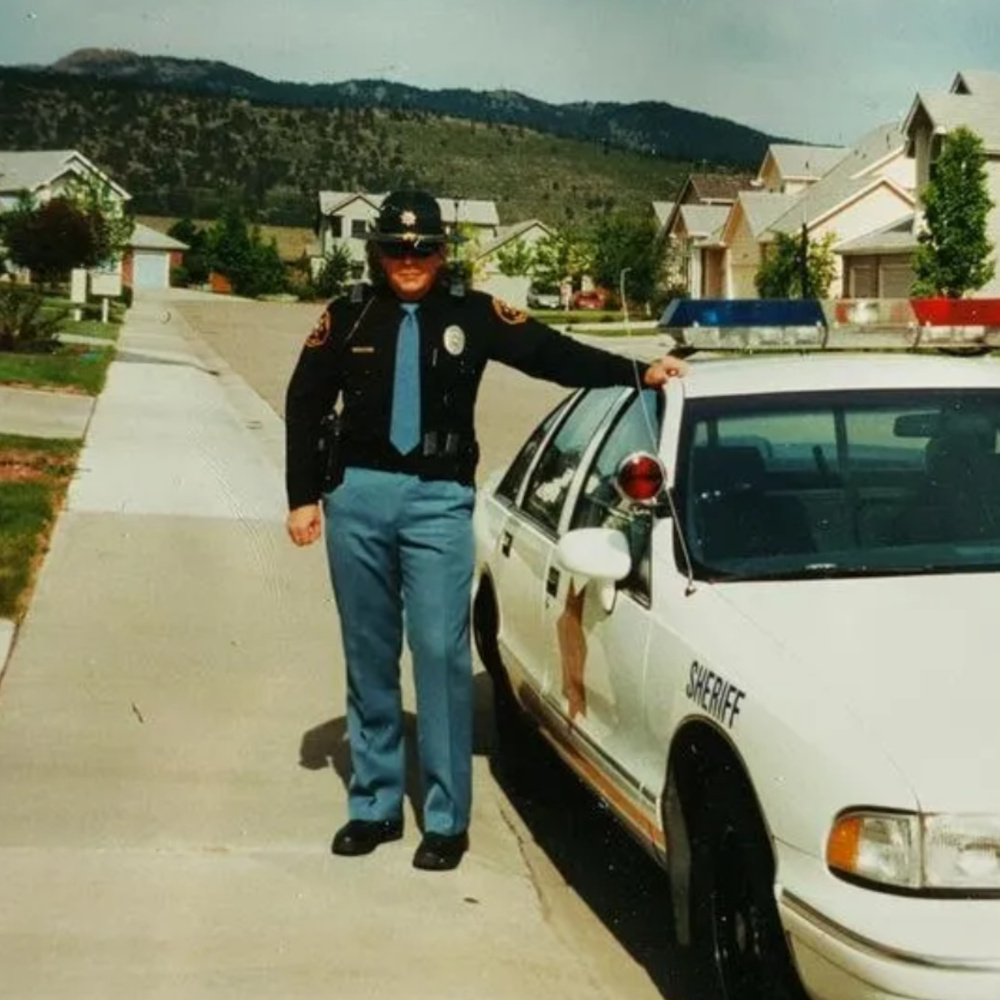
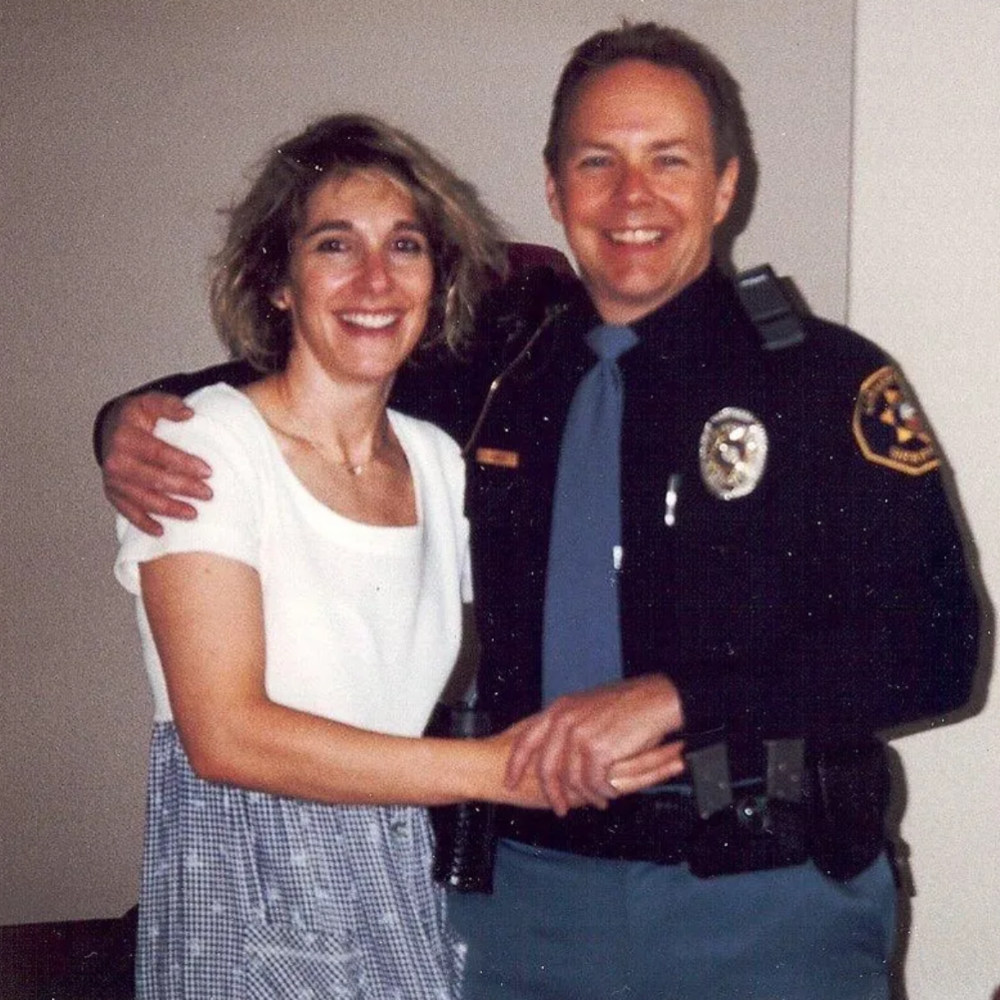
FRTC offers cognitive behavioral therapy, a type of talk therapy commonly used for PTSD, as well as eye movement desensitization and reprocessing, a technique where patients recall traumatic experiences while following sensory cues, such as tracking a therapist’s finger back and forth. (The exact mechanism by which EMDR works has been the subject of some controversy, though the American Psychological Association conditionally recommends it as a treatment for PTSD.) The Ruperts also offer alternative therapies with less robust evidence, including hypnosis, brainspotting (an offshoot of EMDR), and vibroacoustic resonance therapy that involves audible sound vibrations. But the core of their practice is predicated on having culturally competent clinicians — that is, their staff has worked as first responders. “Unless you’ve been at the dirty end of an arterial bleed, a weapon, or a hose line, you really don’t get what the feeling attached with the circumstance you’re in” is, Ed says, “and the hypervigilance that it creates over time.” Joanne says she emphasizes a pragmatic no-bullshit approach. “I’m not a touchy-feely therapist,” she says. “When people come in to see me, they don’t need me just to shake my head and go, ‘Uh-huh, mm-hmm, mm-hmm.’ That’s not going to work for a first responder. So I’m very much knees in the dirt, blood on the shirt as a therapist.”
One evening about a year ago, the Ruperts received a call. Joanne shared a summary of the conversation with Undark. “Everything was going fine on the phone. And then the person,” Joanne pauses. “I was in the middle of a sentence, and the person hung up on me.” She’d never met the caller, and so she looked at Ed, and said, “Uh-oh.” The couple picked up a paramedic and drove to the caller’s house at 11 p.m. Joanne says, “They were just like, ‘I can’t believe you’re here. I can’t believe you’re fucking here.’” The caller, who was intoxicated, had plans to die by suicide. The Ruperts say they stayed until the person sobered up and went to bed. (Data suggest that people who attempt suicide usually consider it for less than 24 hours before acting.)
According to some regional EMS administrators, the Ruperts and their counselors provide something that is sorely needed. “They just stand there with you,” says Kevin Waters, an EMS battalion chief. “Not just with us individually, but just with us collectively. And they stand in that space with you. And they say, ‘Yeah, we’re here. We’re here with you.’” Another former administrator in Fort Collins says a colleague of his had gone to group therapy, a counseling session geared towards laypeople, but he was told that they couldn’t help him after he shared details of an especially traumatic EMS call. He had experienced something most people could not imagine and most certainly did not want to hear about. If it weren’t for peer support, these testimonials suggest, there might be no one. Ed explains that the options available to civilians didn’t always seem like viable options to those in uniform. “The shame of calling 911 when they have a mental health crisis is overwhelming,” he says. “Everybody knows now. The toothpaste is out of the tube. You can’t unring the bell.”
On a night in November 2021, Ed says they have not had a day off since the first waves of Covid-19 arrived in Colorado. Listening to the scanner that night, it seemed clear that their work would never end. As winds, unusually dry for late fall, howled, dispatchers reported a three-car crash. Around 9 p.m., emergency responders reached a plane that crashed while fighting a wildfire, killing the pilot.
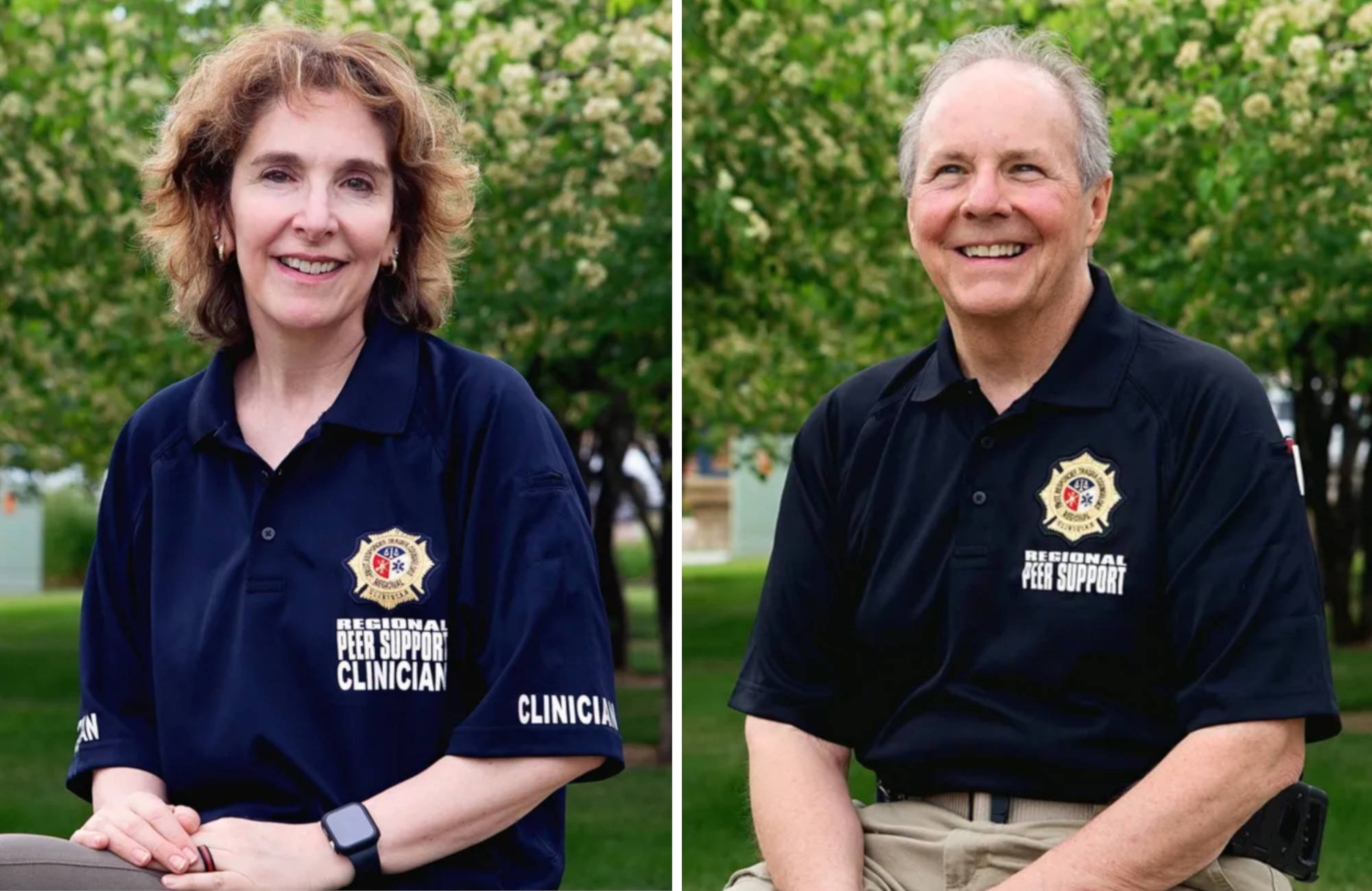
One of the driving forces behind peer support in the U.S. initially came from a movement led by people who had been diagnosed with mental illnesses or used drugs, who demanded alternatives to institutional approaches. Advocates wanted to reposition people in control of their own care. More recent efforts have focused on professionalizing these peers. Certified specialists are now recognized nearly every state and, since 2007, they are reimbursed through Medicaid, the single largest payer of mental health services in the U.S. As of 2016, 25,317 peer specialists were certified nationwide.
Despite the growing popularity of peer support, better empirical research, and data, is needed to single out or measure outcomes that are specifically attributable to the approach. For instance, in 2014, Sharon Reif, a health services researcher at Brandeis University, reviewed 11 previously published papers, only two of which were randomized controlled trials — the gold standard for health research. Subsequent reviews, including one by the Research Recovery Institute, a nonprofit affiliated with Harvard Medical School, have found some positive effects — for instance, reduced relapse and improved recovery. But in asking people what they need, and then getting it to them, the interventions vary. “Giving support is nebulous,” Reif says, “by definition.”
As such, Reif cautions against evaluations that compare peer practitioners against traditionally trained clinicians, which she says could create a false dichotomy that does not necessarily reflect the reality: Many people are simply not getting any support. Instead, she says, future studies might look a specific intervention, such as cognitive behavioral therapy, and evaluate one group receiving CBT without a peer compared to a group seeing a therapist in addition to a peer. (As Reif put it, “Do peers, plus whatever else you’re doing, make a difference?”)
For instance, one randomized controlled trial recruited 330 military veterans who were already receiving treatment for depression, such as medication or psychotherapy. The control group continued their usual care: Medication or psychotherapy from a traditionally trained therapist. The experimental group received their usual care along with computer-based cognitive behavioral therapy, but they also met with a fellow veteran who had personally experienced depression. Peer-supported therapy helped improve “depression symptoms, quality of life, and mental health recovery,” the authors wrote.
Something may certainly be better than nothing, but no evidence suggests peer support can be rolled out in lieu of addressing a root problem: The number of people who need mental health care exceeds those who get it.
Similarly, the pandemic spurred interest in applying the model in professional settings, particularly support by and for health care workers. Practitioners can face cultural and structural barriers to receiving the support they need. The American Medical Association, the largest professional group of medical doctors in the U.S., has promoted peer support training for health care workers providing formal and informal guidance to colleagues. In a June 2020 newsletter, the Joint Commission, a national accrediting body for health care organizations, encouraged the use of peer support during crisis, and pointed to a successful program developed at Johns Hopkins Hospital known as the Resilience in Stressful Events, or RISE, program.
Although research on the efficacy of peer support is limited, Cheryl Connors, a nurse and the director of RISE, says the best evidence is utilization — how often people call the support hotlines for help. When she spoke to Undark back in September, she said RISE went from about 12 calls a month to as many as 40 per day during the pandemic. Connors, who holds a doctorate in nursing, admits she would like better evidence, such as how often callers go on to seek further resources after talking with a peer. “We want to study this. We want to know direct impact,” she says, “but we also feel like it’s wrong.” Asking distressed workers for feedback on confidential support sessions, she explains, could feel intrusive.
Moreover, as Jo Shapiro, an associate professor at Harvard Medical School and the founder of the Center for Professionalism and Peer Support at Brigham and Women’s Hospital in Boston, points out, there are many factors shaping the outcomes researchers would like to study, which can make it difficult to attribute any effect (or lack of effect) to peer support. “We’d like to see, ‘Did we prevent suicide?” she says. “Did we decrease burnout? Did we increase morale, productivity, retention, whatever? These are really important outcome measures.” But those factors are difficult to study in a limited size program. Suicide, for example, “occurs way more than it should,” Shapiro says, but not frequently enough to know whether a peer support program actually helped prevent suicides.
The concept of peer support has face validity, Shapiro says. It appears to work, and there is little evidence of risk. “This seems like a really reasonable thing to do. The chance of harm is just minuscule, right? The chance of harm of not doing it is huge.” She cites the high rates of suicidal ideation. The demand is there too: She pointed to a 2012 study in which she and colleagues surveyed more than 100 medical doctors, and found that 88 percent wanted some form of peer support.
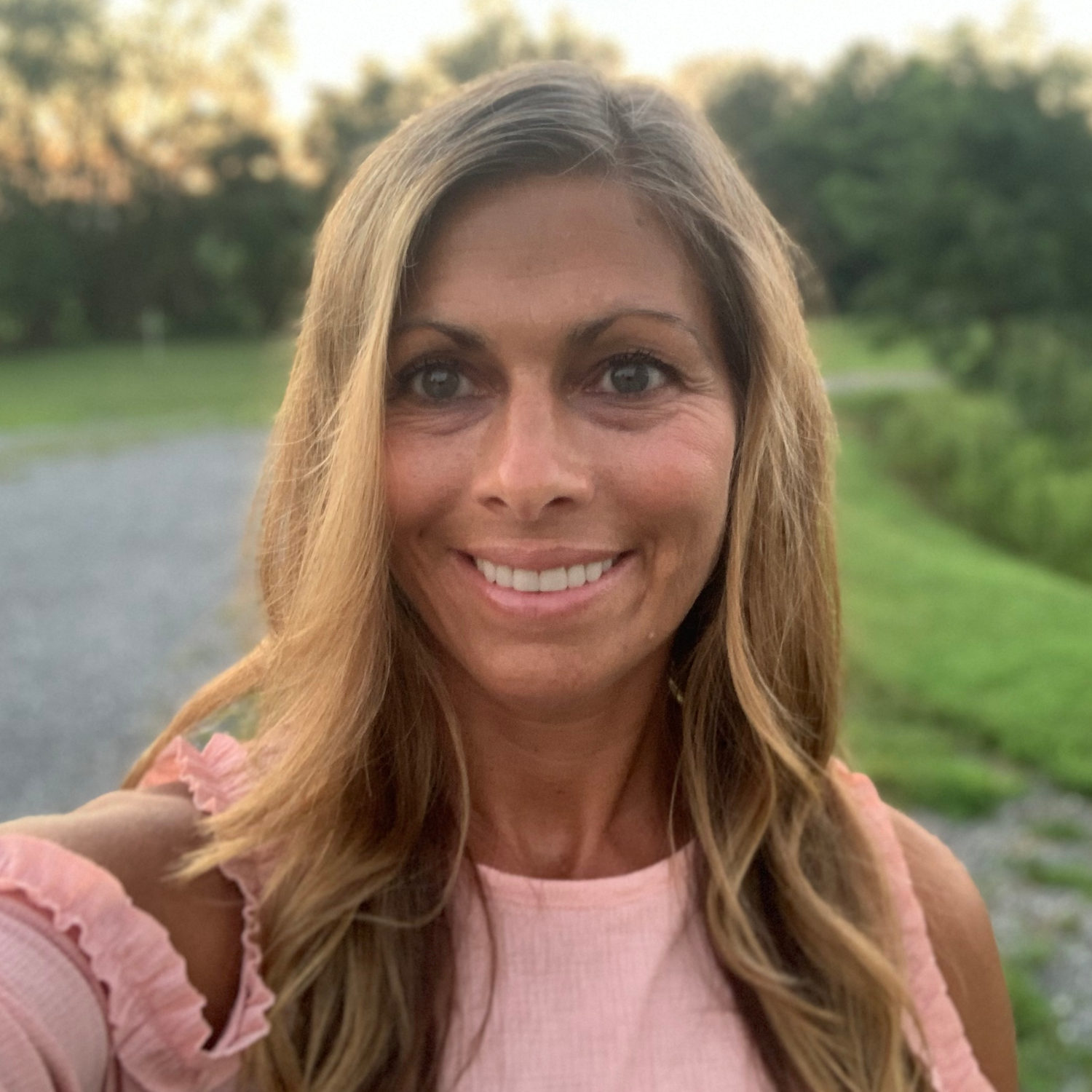
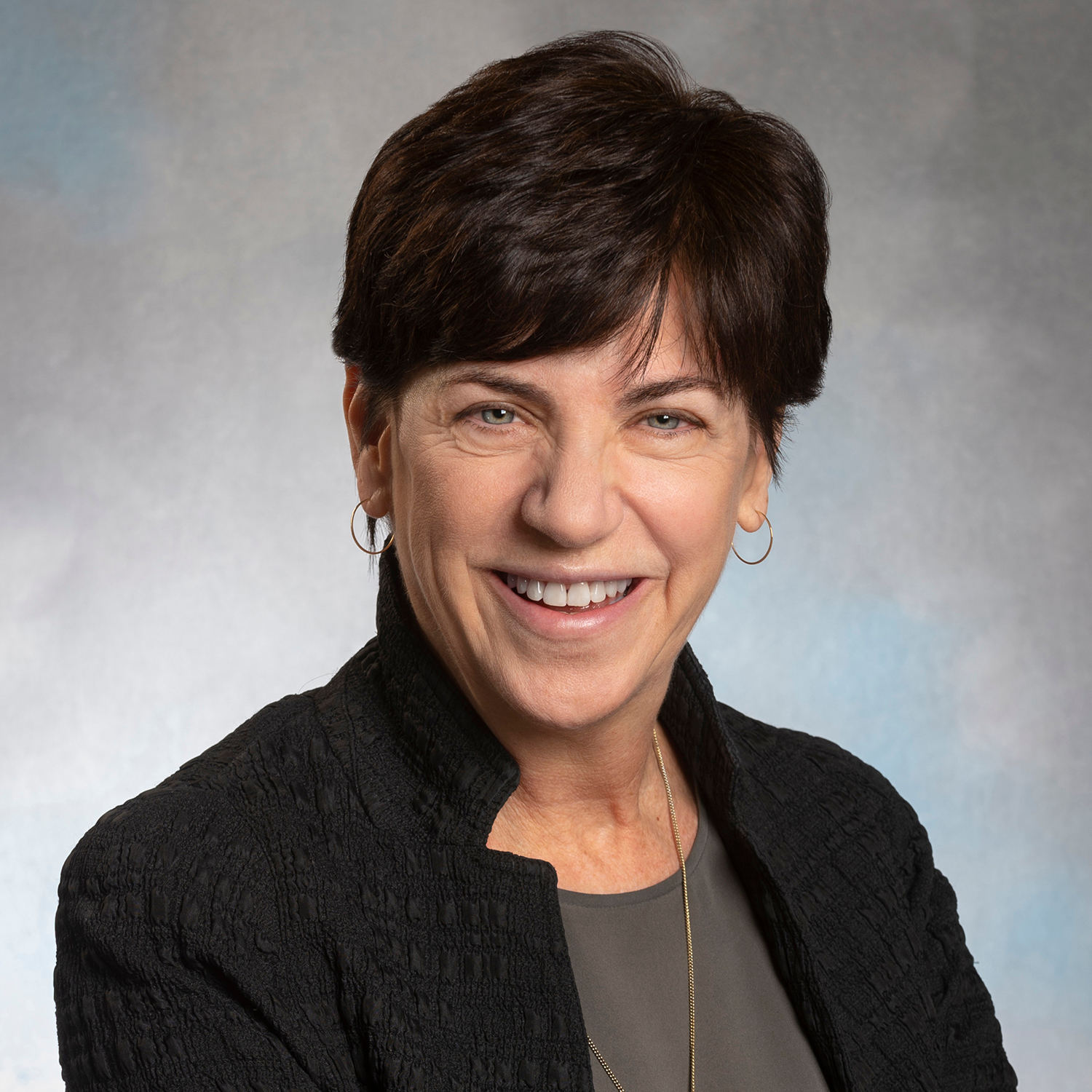
According to Leslie Hammer, a professor of psychology at Portland State University, occupational psychologists’ recommendations for reducing on-the-job stress and trauma usually fall into several broad categories, including reducing demand and giving workers more autonomy. But neither option is especially viable in crisis situations. Instead, peer support appears to offer a third option: enhanced social support. Shapiro says she has worked with more than 100 health care institutions to set up programs. The concept continues winning over administrators and federal agencies. In recent years, the U.S. Health Resources and Services Administration has increased funding for programs that involve peer support. On March 1, President Biden announced a plan to “build a national certification program for peer specialists,” as part of a broader initiative to address the country’s ongoing mental health crisis.
Shapiro says that peer support for professionals can reframe the emotional fallout of stressful events as an occupational hazard rather than a personal failing. In doing so, it can reduce stigma and normalize seeking help. “What we don’t have is proof that this is the way to do it,” Shapiro says. “But we’ll get there.”
By late 2021, the number of patients needing intensive care in Colorado threatened to surpass the number of available beds. Hospitals faced staffing shortages. Nurses were quitting in droves. Randy Jones has kept in touch with several from the hospital where he worked as a chaplain. He says that one of them quit the ICU and started baking cakes out of her home, picking up hospice work on the side. Another called him after taking some time off because of a suspected Covid-19 exposure. She wasn’t sure if she still had it in her to go back to critical care. Jones sympathized, and says the nurses were right to wonder: “Is my chosen profession the right thing for me? Or is it going to kill me?”
One day at his office, he sat with an ICU nurse of 14 years, who asked not to be named because she did not have permission from hospital administration to speak with media. She says she felt her colleagues sometimes took better care of patients when they learned their story. Covid made that harder, with so many patients on ventilators. Families only appeared over video-conferencing. Many ICU patients lay facedown, in a prone position, for 18 hours or more — a tactic, the ICU nurse says, used to help improve lung oxygenation. “How, in good faith, do I keep taking care of these people day after day,” she says, “knowing that I’m not doing the absolute best that I can do?”
One patient in particular had stayed with her. The woman ate breakfast, and then decided to go off oxygen. She died soon after, alone, holding the nurse’s hand. It wasn’t so much the death; it was that the woman’s rapid decline — without that being part of her plan. “And, so for me, it was, ‘How do I go to my next day?’” the nurse says. “‘How do I take this situation that is very different for me, grow from it, share it with my co-workers, but not let it weigh heavy on my heart and not take it home to my family?’”
Jones helped her realize a simple mantra: Control what you can and manage what you can’t. The nurse says she cares the same for each patient, including the estimated 80 percent of hospitalized Covid-19 patients in Colorado who had not been vaccinated as of last November. She met them where they were at regardless of their life choices. Still, the work left her with feelings her family might never understand, burdens she didn’t want to place on her colleagues. If it sometimes seemed like society couldn’t comprehend her experience in the ICU, at least she could count on support from one of her own. She didn’t seem to feel the need to go into detail, and with Jones, she didn’t need to. He’d been there. He got it.
If you or someone you know are in crisis, please call the National Suicide Prevention Lifeline at 1-800-273-TALK (8255), or contact the Crisis Text Line by texting HOME to 741741.
Peter Andrey Smith is a reporter who has contributed to Science, STAT, Bloomberg Businessweek, The New York Times, WNYC Radiolab, and other publications.
The reporting for this story was supported in part by a grant from The Sidney Hillman Foundation.









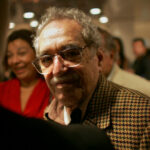
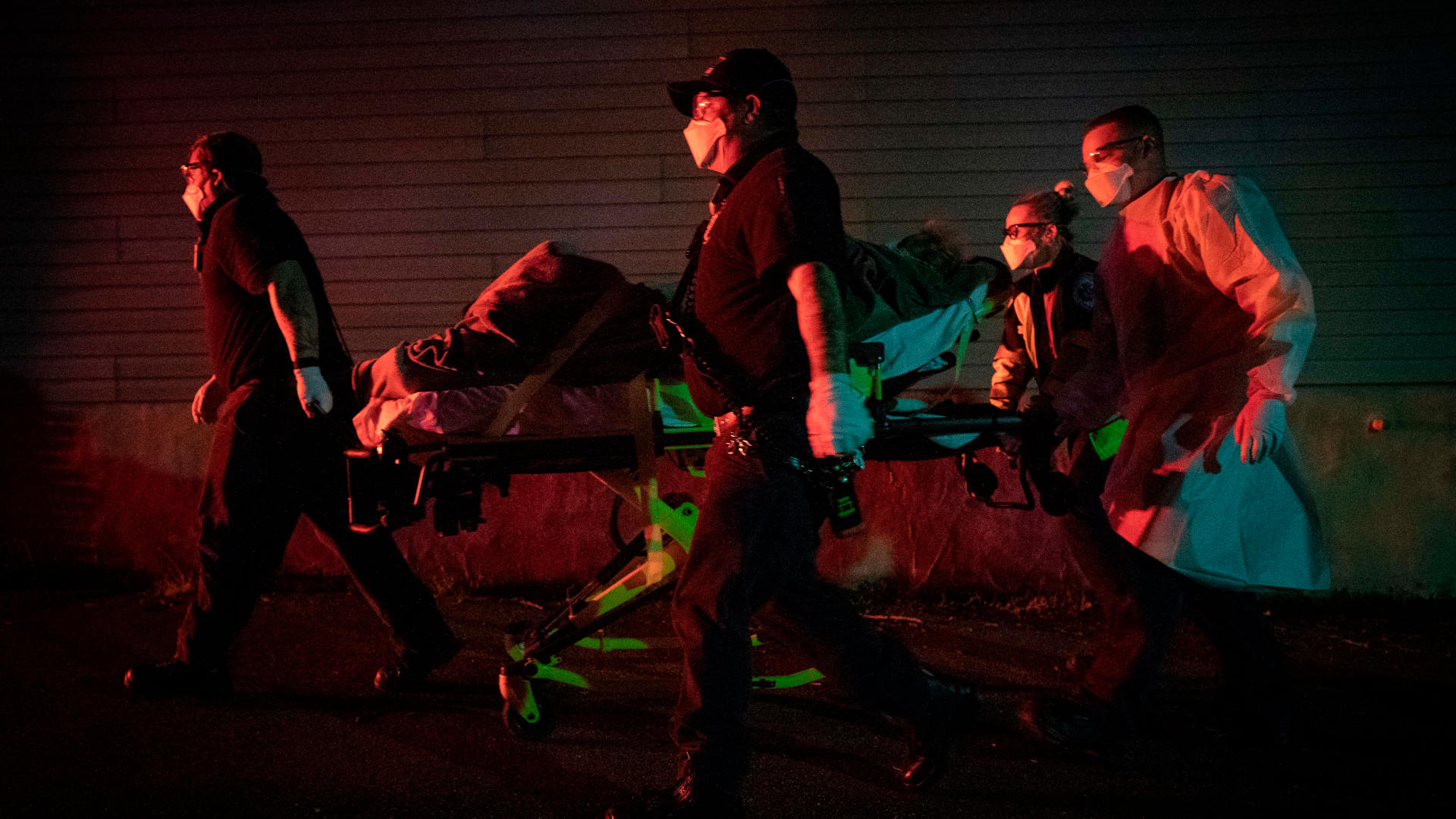
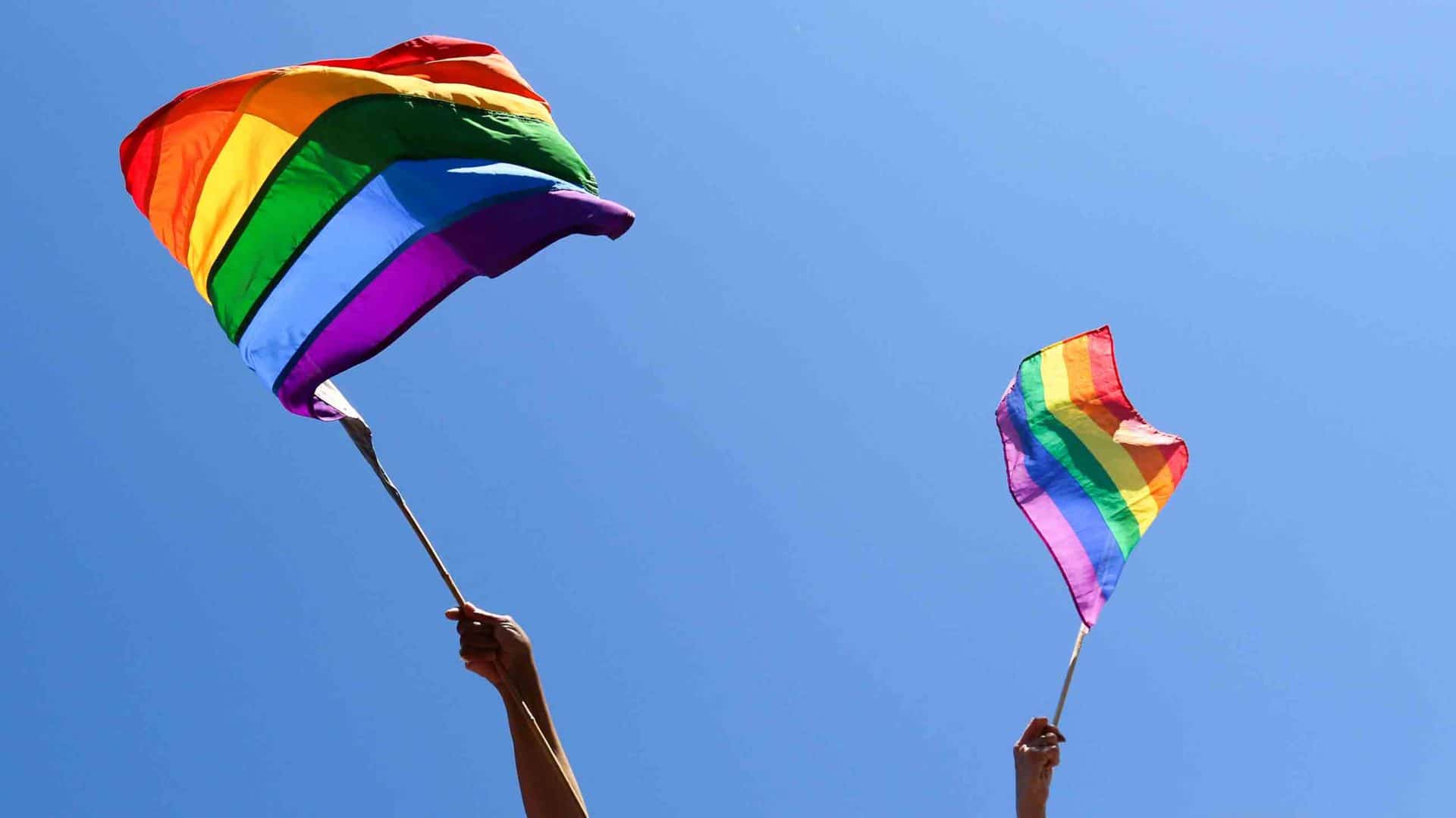
Comments are automatically closed one year after article publication. Archived comments are below.
This is such an important story. My partner is a trauma nurse and this gaping oversight in trauma-informed care and resources for the provider/responder/etc is harrowing. It accelerates burnout and the pandemic has only exacerbated that. These people deserve so much better.